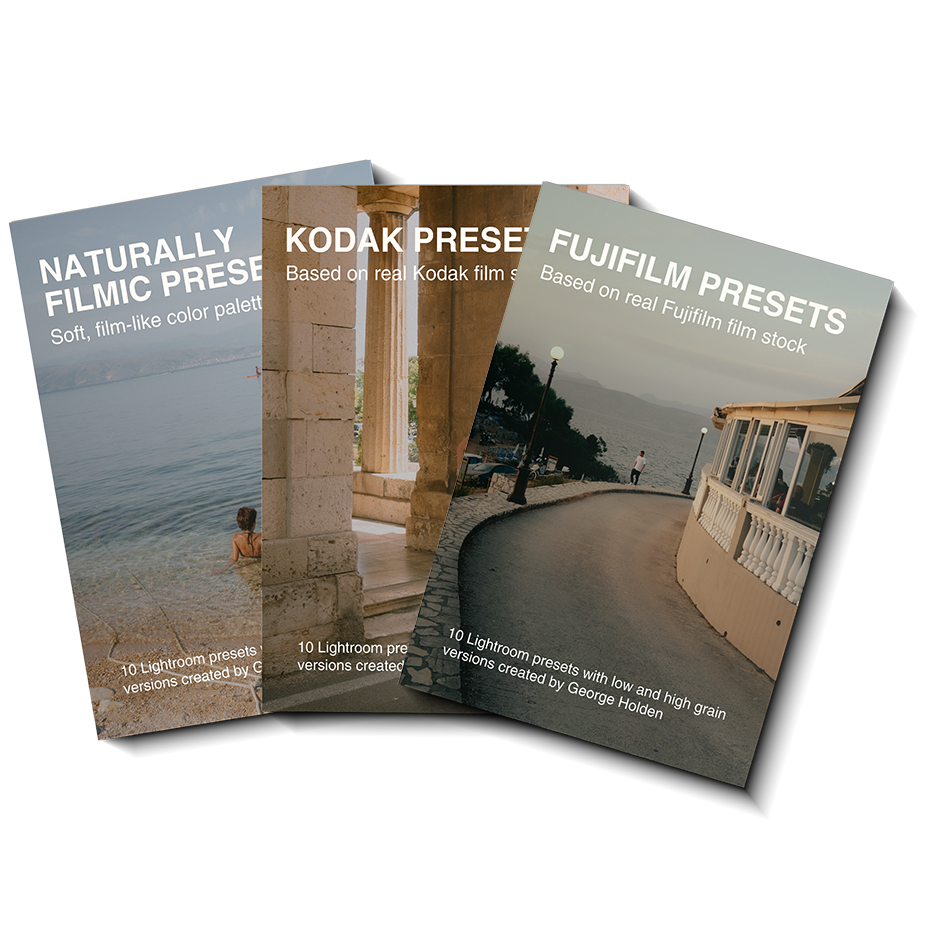Why You Don’t Need All That Gear
If you’re anything like me, after buying your first camera, you probably couldn’t resist diving into the world of interchangeable lenses, flashes, tripods, and all sorts of must-have accessories. Soon, your camera bag is so packed with gear that it weighs more than your enthusiasm to shoot. I’ve been there, and I know that feeling all too well.
At first, these gadgets are exciting. That shiny new prime lens or that fancy zoom seems like it will unlock new levels of creativity. But after a while, the thrill fades, and these once-treasured items find their way to the shelf, gathering dust. Eventually, we step back, assess, and realize that we’re carrying far more gear than we actually need. It’s an experience that many photographers, both beginners and seasoned pros, will recognize.
Let me confess: I currently own not one, not two, but four 35mm full-frame prime lenses. I can only use one at a time! Why do I have four? It’s part of a problem many of us face in this hobby—we convince ourselves that each new piece of gear will make a noticeable difference in our photos, but more often than not, those differences are so minor that they’re invisible to the naked eye.
The Endless Cycle of Buying Gear
When you’re starting out in photography, you’re at the beginning of a learning curve. You snap photos of everything, experiment, and learn as you go. But as you progress, you start to think, “If only I had that f/1.4 lens,” or “I need that flash, those filters, that tripod.” So, you buy more gear, thinking it’ll enhance your creativity. In reality, though, it just makes the hobby more expensive without adding much to your results.
Before you know it, you’re back where you started—just pointing your camera at things that interest you, with the realization that none of the gear mattered as much as you thought. It’s a paradox that hits hard once you reach the other side of the curve: all that knowledge and gear, and you’re back to using the simplest setup.
When I first started my photography career, all I had was a Canon DSLR and two prime lenses—a 28mm and an 85mm. That was it. Now, after years of accumulating gear, experimenting, failing, and learning, I’m finding myself scaling back. I’m relying more on tools that feel like an extension of me, rather than complicating things. And you know what? Those are the tools I never talk about because they’re boring but reliable.
Embracing Simplicity with Film Simulation Presets
Speaking of reliability, let’s talk about something else that’s boring yet effective: my film simulation Lightroom presets. I know, I know, "presets" might sound like a shortcut, but trust me—these are carefully crafted to give your photos that perfect, timeless film look. Whether you’re after the cinematic feel of Kodak or the subtle tones of Fujifilm, my preset packs have you covered.
I offer three different preset packs: Naturally Filmic, Kodak Film Stock, and Fujifilm Film Stock. These presets are a game-changer, giving your digital images that coveted film aesthetic without all the hassle of developing rolls of film. Plus, for a limited time, the first 20 people to use this code: NON3WC4MBLOG on my website will get 20% off the entire store! This is a great way to simplify your editing process while adding a creative edge to your photos.
Why Less is More
It's easy to get stuck in a rut, thinking a new piece of gear will reignite your passion for photography. But that rarely works. Instead, I encourage you to focus on projects that push your creativity. You don’t need a new camera or lens; what you need is a reason to go out and shoot.
This is one reason why I love making YouTube videos. It gives me an outlet to express myself, share stories, and try new things—without a client’s approval. It's a creative project that keeps me motivated and helps me grow as an artist. And the same can apply to photography. Set yourself a project—whether it’s capturing street portraits, creating postcards of your hometown, or even documenting local life. You'll learn far more from focusing on a meaningful project than from buying the latest lens.
The Creative Power of Constraints
This brings me to an important point: constraints are a photographer's best friend. When you’re limited by budget, gear, or time, you have to get creative. Some of the best innovations come from working within restrictions. Filmmakers like Danny Boyle thrived with small budgets, proving that great art doesn’t need a million-dollar setup.
Likewise, when you’re tempted to throw money at new gear, remember that it won’t necessarily make you a better photographer. Instead, focus on refining your skills and embracing the gear you already have. Your creativity will shine through, and that’s where the magic happens.
So, the next time you feel like you’re in a creative rut, don’t reach for your wallet. Instead, reach for your camera, point it at something that interests you, and just shoot. You don’t need the latest gear to create something amazing—you just need the motivation to start.
And if you want to make those photos look even better, don’t forget to check out my film simulation presets! They’ll give your images that perfect vintage vibe and might just reignite your passion for photography.

